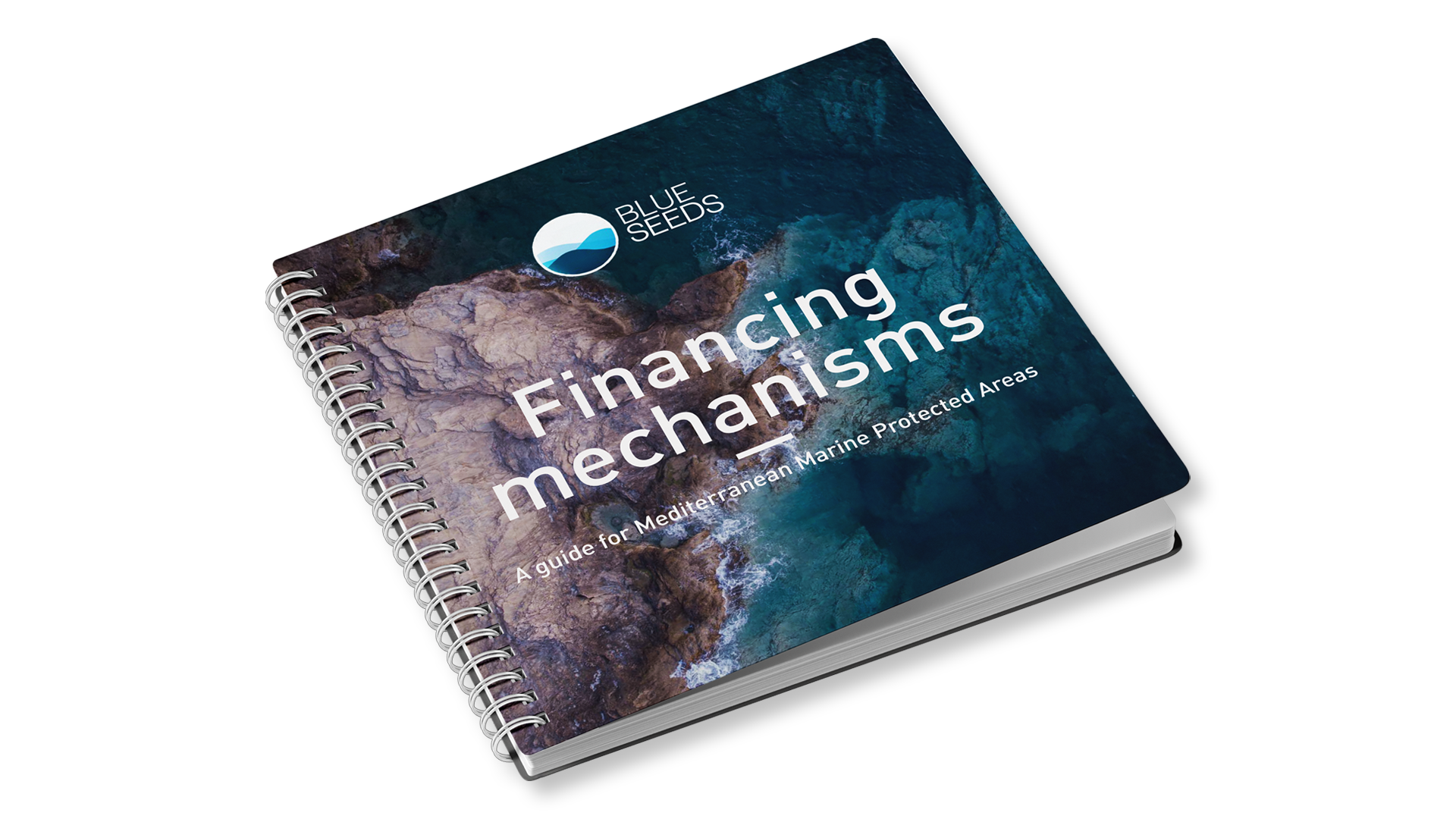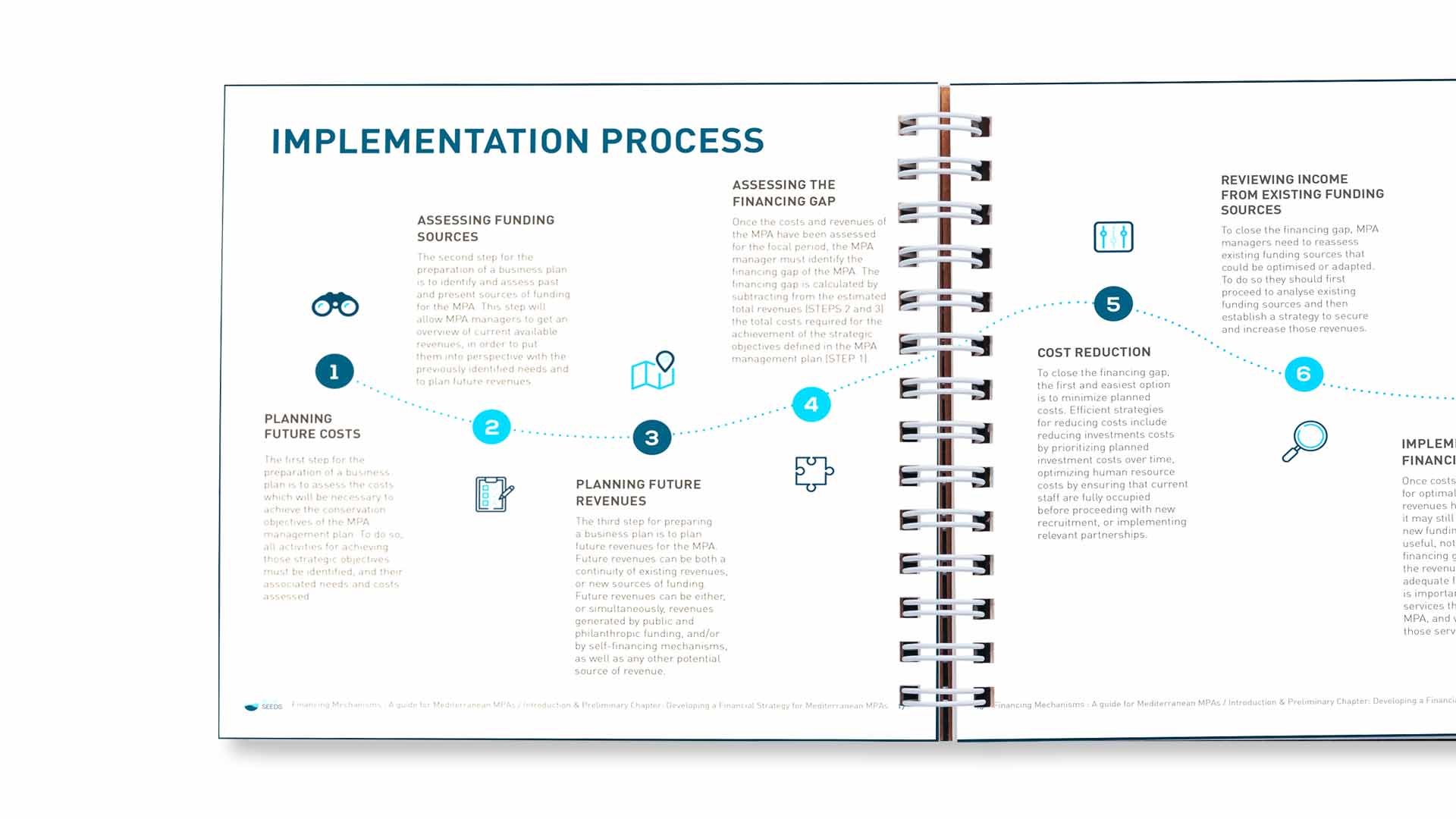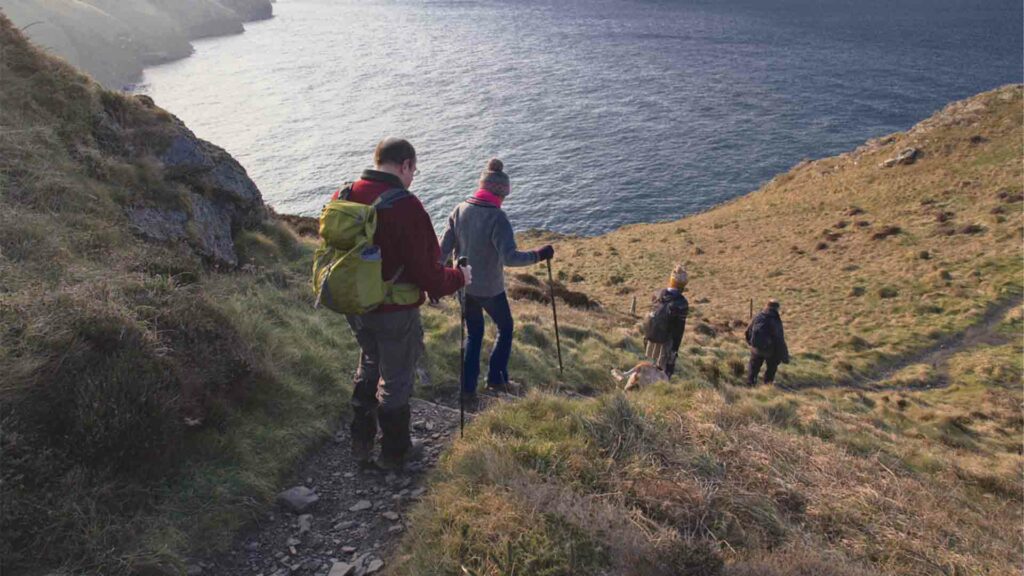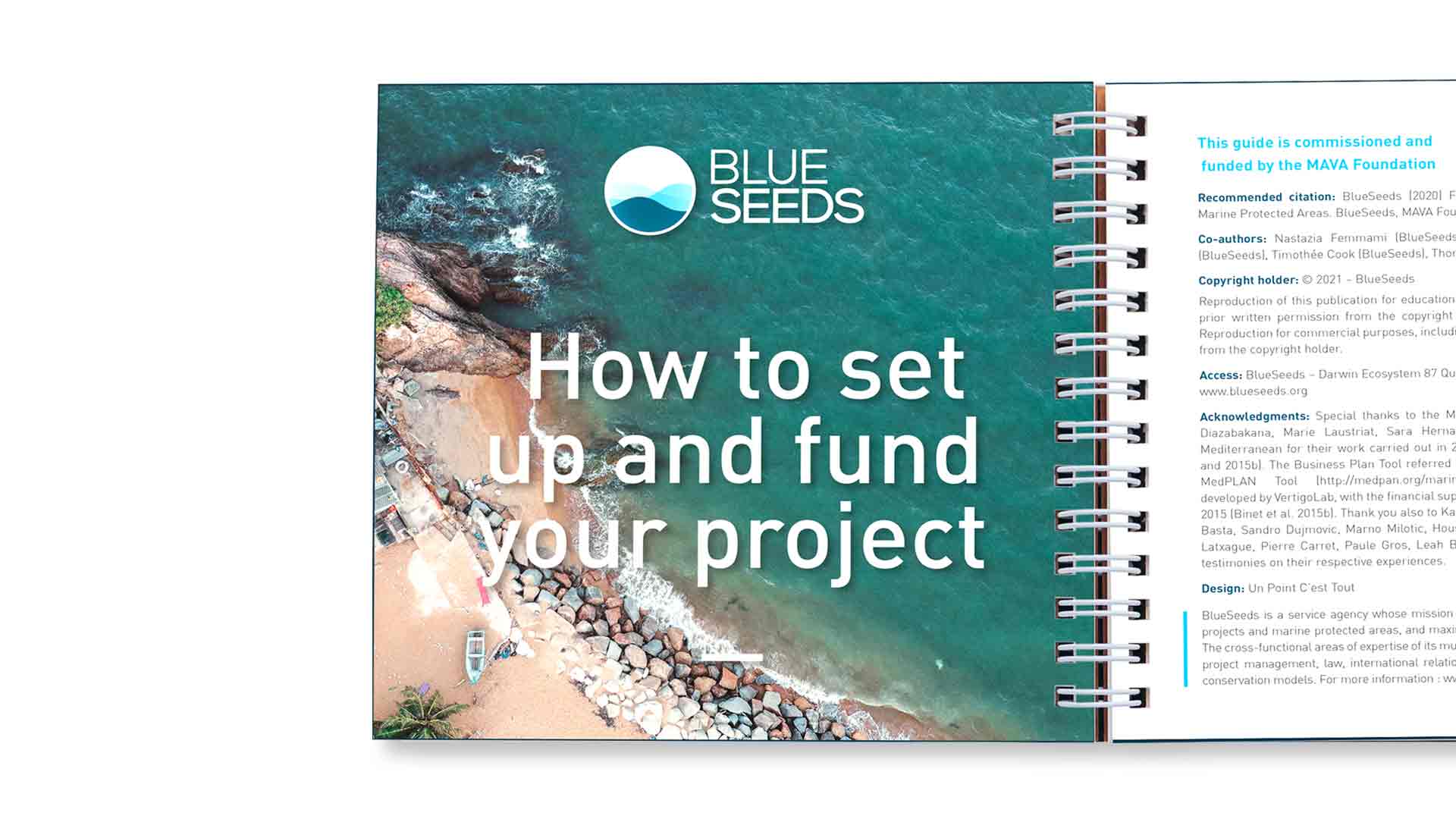A guide on financing mechanisms for marine protected areas
Published by BlueSeeds in 2021, the guide on financing mechanisms for marine protected areas helps MPA managers consolidate their financial strategy and properly implement their management plan.
Adopting a step-by-step approach, it sets out pragmatic methodologies to help managers assess their funding gap, implement mechanisms to finance their activities, or fund a conservation project.
The idea of creating this guide stemmed from the work carried out by Thomas Binet, BlueSeeds’ founder, in 2015, which revealed the scale of the funding gap confronting Mediterranean marine protected areas. The recommendations put forward in the guide were developed based on BlueSeeds’ practical experience in delivering programmes to support Mediterranean MPAs in implementing financing mechanisms. Further details on these programmes can be found in our project catalogue.

To be found in our guide
Financial planning
Identifying a marine protected area’s financial needs
The first chapter of the guide supports marine protected area managers in developing a financial strategy.
It is vital that managers rationalise their costs and diversify their revenue streams to reduce their reliance on national budgets and project-based donor funding.
Using the guide in conjunction with the MedPLAN financial planning tool (devised by a consortium including BlueSeeds), managers can follow a seven-stage methodology to calculate their funding gap. They can then work out which local financing mechanisms would be most appropriate to plug the gap. They can then work out which local financing mechanisms would be most appropriate to plug the gap.


Self-financing
Diversifying revenue using local financing mechanisms
Once a manager has calculated the MPA’s financial needs and the scale of its funding gap, they can read the next three chapters. These chapters set out various financing mechanisms that can be used to plug an MPA’s funding gap, fund its planned management costs and develop its independence in terms of revenue.
These mechanisms involve:
- implementing a system to collect visitors’ fees
- granting concessions to private tourism operators
- creating a revolving fund to finance sustainable fishing.
BlueSeeds also reminds managers not to omit certain crucial stages of the methodology, such as examining the legal feasibility of a given mechanism, taking into account the opinions of MPA stakeholders, and ensuring follow-up after implementing any mechanism.
New chapter
Setting up and obtaining funding for a conservation project
A new chapter of the guide helps managers to think through their conservation project concept and write a proposal that will help them obtain the appropriate funding.
BlueSeeds invites managers to adopt a multi-step approach, from the initial project development phase right through to funding the work once the project is under way, including offering guidance on monitoring calls for proposals and identifying relevant donors.
In preparing this chapter, BlueSeeds consulted several conservation finance experts (most of whom work for big foundations and international NGOs), who share their insights on certain aspects of the topic.
